Give the pullets immediate access to the litter
Restricting the pullets to the slatted area after receiving them is becoming an increasingly unpopular practice. By restricting the pullets to the slats you increase the effective stocking density the pullets are under, preventing them from foraging in litter which they will be used to at rear. Not being able to satisfy this normal behaviour is highly frustrating for them. It is vital the pullets have access to good quality, friable litter from day one and throughout the laying period. This is the single most important strategy to promote foraging behaviour and reduce the risk of feather pecking.
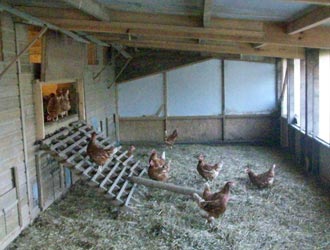 |
|
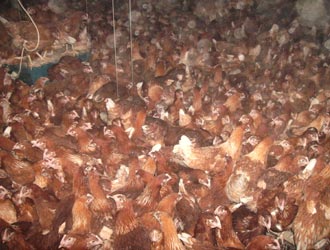 |
|
Giving the birds access to good quality, friable litter immediately after receiving them and then throughout the whole laying period is the single most important strategy to encourage positive foraging behaviour and reduce feather pecking.
|
By not providing access to the litter you cram the pullets on the slats, impeding their access to the drinkers, feeders and nest boxes which is stressful. This can lead to eggs being laid on the slats.
|
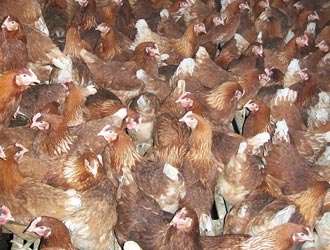 |
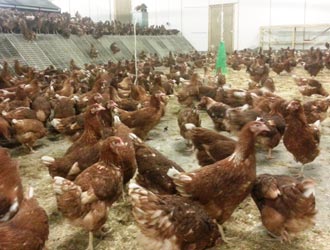 |
|
When restricted to the slats the pullets will be looking to satisfy their natural foraging behaviour and often the only thing available will be the feathers of the bird next to them. When this behaviour becomes a vice, injurious pecking starts in the flock.
|
Producers are often worried that if the birds have immediate access to the litter then floor eggs will become an issue. This can be tackled by providing a shallow amount of litter to start with and then make it deeper once the hens have learnt to use the nest boxes in preference to the litter.
|
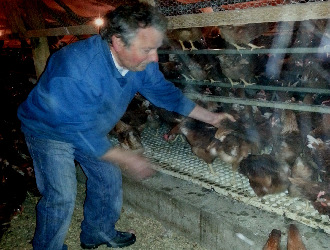
|
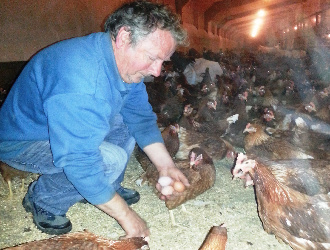
|
|
Lifting the birds up onto the slats after lights out for the first week or so will train the birds to roost on the slats and encourage them to use the nest box. Additionally, staggering the lighting so that the lights above the slats are the last to go off can also help encourage them to use the slats.
|
Frequent floor egg collection when the hens are coming into lay is essential to prevent floor eggs and is usually highly cost effective in the longer term. A current survey is trying to develop methods to reduce the number of floor eggs in commercial systems.
If you would like to help us with the research on how to tackle the problem of floor eggs, please complete the on-line survey on the “ which should take about 20 minutes, and as a ‘thank you’ you will be automatically entered into a draw for £50 worth of M&S vouchers.
https://www.survey.bris.ac.uk/awb/floor_eggs/
|